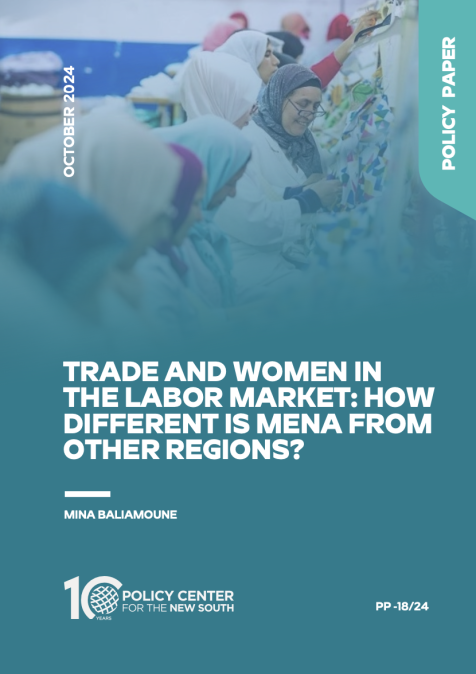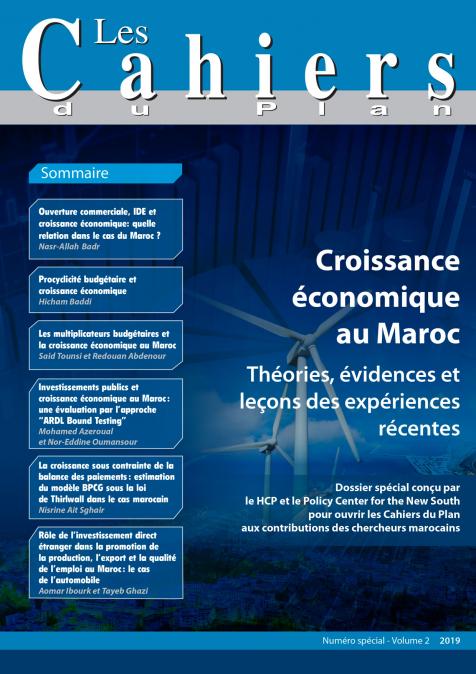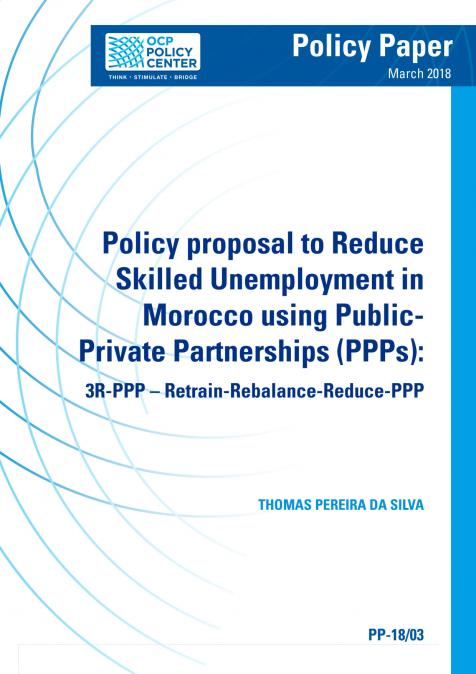Publications /
Policy Paper
Using panel data from a large group of developing economies and a Generalized Method of Moments (GMM) estimator, we examine the effects of trade and other factors on female labor-force participation and wage employment. We focus particularly on comparing the effects of trade openness in the Middle East and North Africa (MENA) region with Latin America and the Caribbean (LAC) and sub-Saharan Africa (SSA). The empirical results indicate that trade openness affects female labor-force participation and wage employment differently in these three regions. Moreover, the effects of other determinants of labor market outcomes, such as income, education, fertility, and electricity, also vary by region. We discuss the policy implications of the findings for the MENA region.
Acknowledgments: The author would like to thank Valeria Esquivel, Nthabiseng Moleko and Ajit Zacharias, as well as participants in the session on ‘Gender Gaps in Wages, Productivity, and Employment’ at the Levy Economics Institute Gender Workshop 2024, for their valuable comments and suggestions on a previous draft of this paper.








